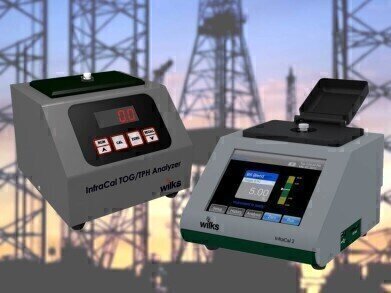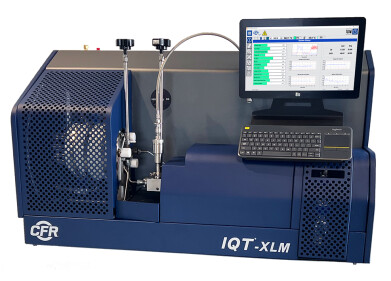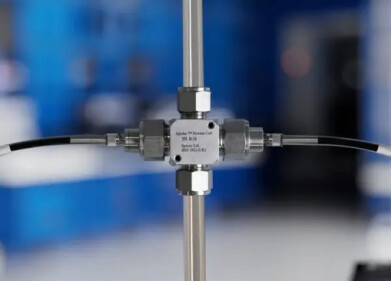Analytical Instrumentation
Portable IR Analysers Help Ensure Compliance with Regulated Oil in Water Measurements
Dec 12 2013
The Petroleum Industry – both offshore and onshore -- has regulations that limit the amount of oil in discharged water. Fixed filter infrared (IR) analysers have been used to test oil levels in produced water on drilling platforms for over 45 years. On oil rigs where real estate is at a premium, infrared analysers such as the Wilks (USA) InfraCal Analysers are compact (typically 6 inches or 15 cm square, weighing less than 5 or 6 lbs) and rugged enough to withstand salt air and a rustic lab set up. The operation can be done by non-technical personnel in less than 15 minutes. Infrared methods also match well with onshore laboratory testing, making it a reliable way to keep effluent levels under the regulated amount.
Both the InfraCal Model HATR-T2 and new InfraCal 2 ATR-SP, use hexane, pentane or Vertrel MCA for the extraction process. Measurement data from either model will correlate to EPA Method 1664 as both procedures are based on evaporation techniques and measuring the residual oil and grease. They are equipped with a built-in cubic zirconia horizontal attenuated total reflection (HATR) stainless-steel sample stage on which the extract is deposited for analysis. The sample preparation takes a few simple steps and the ppm hydrocarbon result is obtained in less than 15 minutes. The InfraCal Model HATR-T2 has a minimum detectable limit of 8 ppm oil in water and the InfraCal 2 ATR-SP will measure down to 0.3 ppm.
The InfraCal Model CVH and new InfraCal 2 Model TRANS-SP are based on US EPA Methods 413.2 and 418.1 and ASTM D7066-04, which uses Freon 113, perchloroethylene, or S-316, as the extracting solvent. Since the oil concentration is measured directly in the solvent, light end volatile components are retained, making it ideal for gas condensate measurements. The sample preparation takes a few simple steps and the result is obtained in less than 10 minutes. The InfraCal Model CVH has a minimum detectable limit of 2 ppm oil in water. It was one of the instruments used to develop the ASTM D7066 oil in water method. The InfraCal 2 TRANS-SP will measure down to 0.1 ppm.
Digital Edition
PIN 25.5 Oct/Nov 2024
November 2024
Analytical Instrumentation - Picturing Viscosity – How Can a Viscometer or a Rheometer Benefit You? - Sustainable Grease Formulations: Evaluating Key Performance Parameters and Testing Method...
View all digital editions
Events
Dec 03 2024 Dusseldorf, Germany
Dec 08 2024 Anaheim, CA, USA
Turkey & Black Sea Oil and Gas
Dec 11 2024 Istanbul, Turkey
Dec 19 2024 Aurangabad, India
Jan 20 2025 San Diego, CA, USA



















